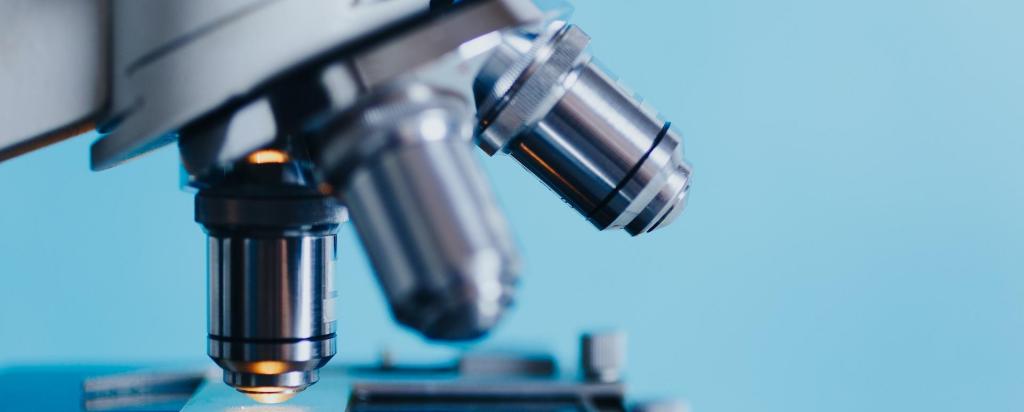A kilometre of cores and counting: the mighty ITRAX
ITRAX has now analysed more than a kilometre of cores since it became operational in 2012.

Showing 281 - 300 of 402 results
ITRAX has now analysed more than a kilometre of cores since it became operational in 2012.
With zero carbon emissions, green hydrogen is a promising fuel for many industries. PhD candidate Robert Walwyn, is researching new, advanced materials for safe and effective hydrogen gas storage.
New facility will greatly enhance Australia’s capability in stress engineering for industry
Understanding of the role that programmed cell death has in development.
Research represents significant step towards developing vaccine
The protein mapping workhorses of the Australian Synchrotron, Macromolecular and Microfocus crystallography beamlines, MX1 and 2, continue to support important biomedical research in the development of vaccines and new therapeutics.
The unique magnetic properties and nontrivial quantum effects were observed and measured in an advanced material with potential application for quantum computing.

The Australian Synchrotron has an on-site Guesthouse for users and AS guests.
Are you a school student who likes a creative challenge? Enter our new Incredible Insects Competition during the month of July 2021! You could win yourself a prize pack worth over $100! School students from all States/ Territories of Australia are invited to enter.
Come and discover the world of science at the Australian Synchrotron - book a school tour today.
Your efforts are helping better manage our wetlands and waterways, and protect the precious wetland birds that rely on them.
Melbourne researchers map the structure of a key COVID-19 protein using the Australian Synchrotron
Recent catastrophic Australian bushfires produced extremely high levels of fine particle pollution.
ANSTO groundwater experts have collaborated with the NSW Department of Planning, Industry and Environment on a comprehensive survey of groundwater resources in the state.
A large team of international researchers have used synchrotron techniques to understand how key proteins contribute to the virulence of the rabies virus, sometimes called the “zombie virus.”
A dedicated team of radiation specialists from the Australian Nuclear Science and Technology Organisation (ANSTO) are behind the successful detection and rapid retrieval of a missing radioactive source in outback Western Australia.
On the international stage amongst the leading nuclear nations of the world, Australians hold its own. This status has been earned by ANSTO’s seventy-year history of safe nuclear operations, the application of nuclear science and technology to benefit society and nuclear stewardship role in Australia.